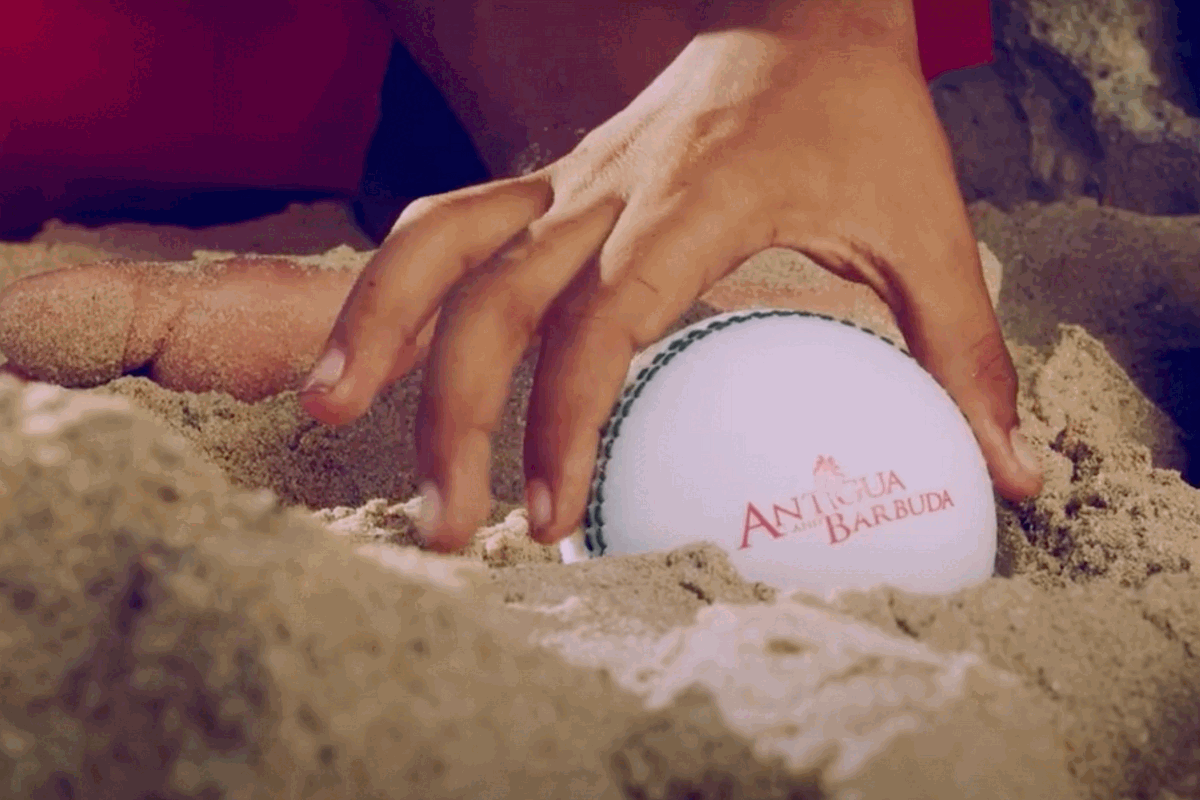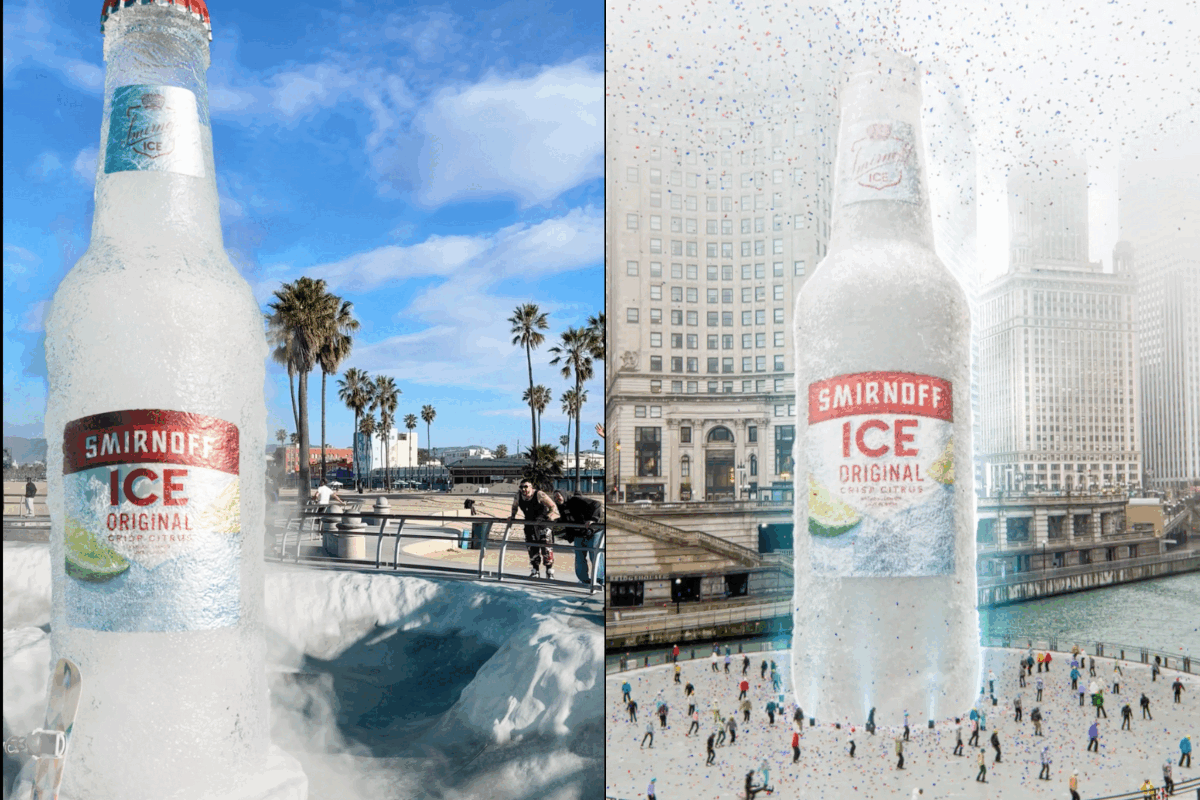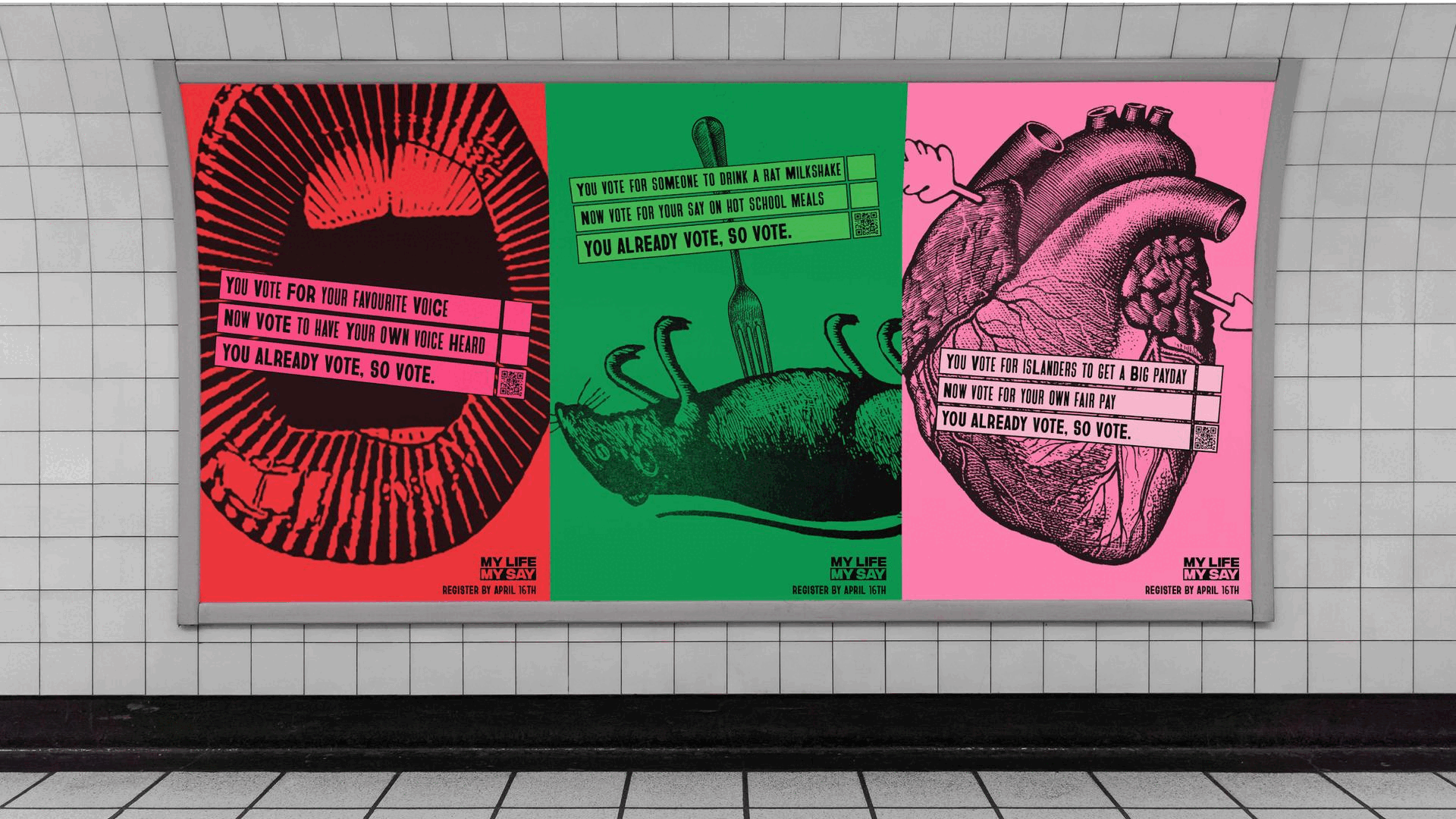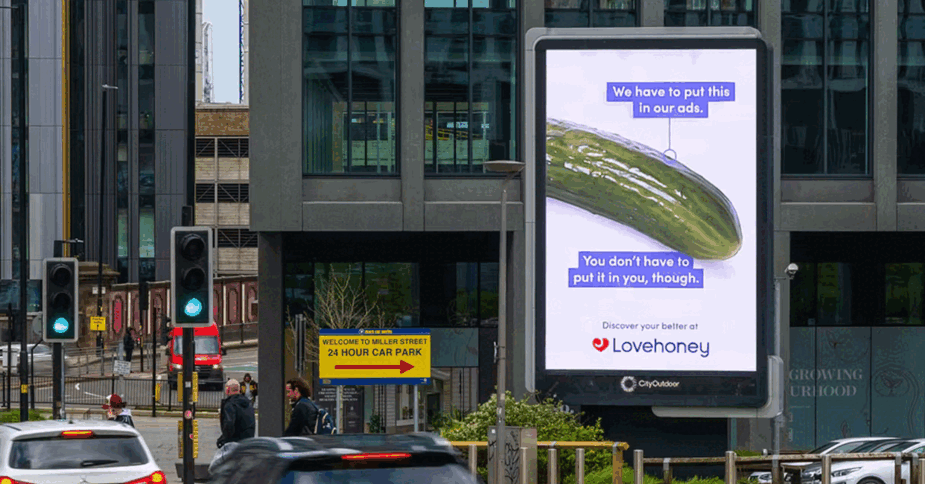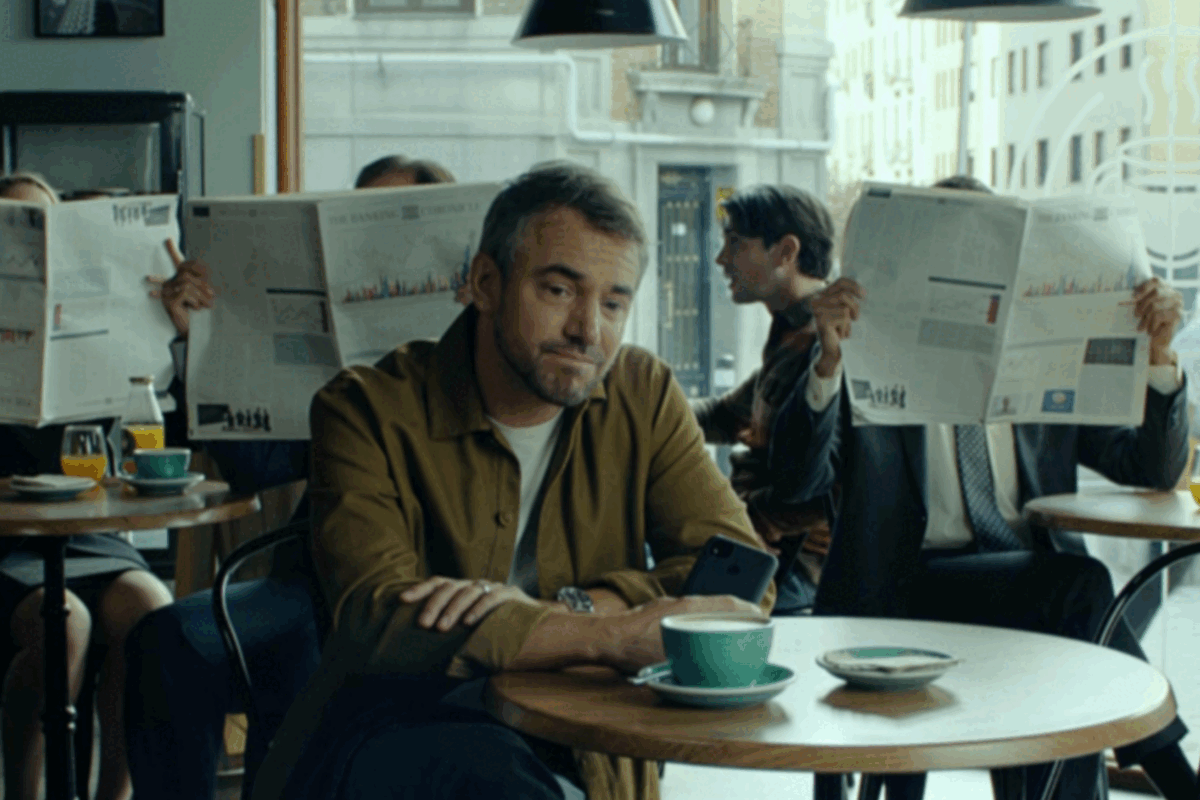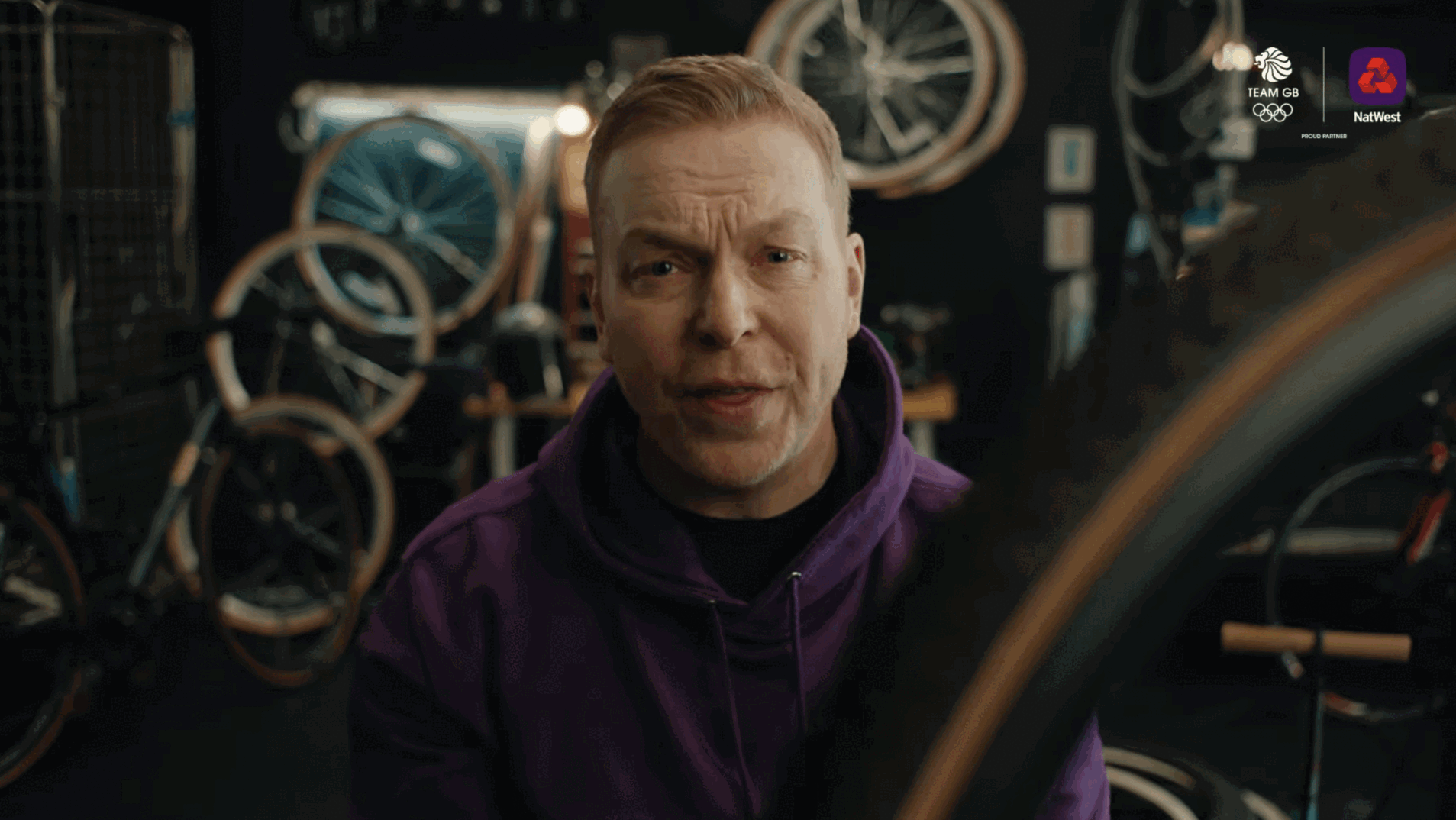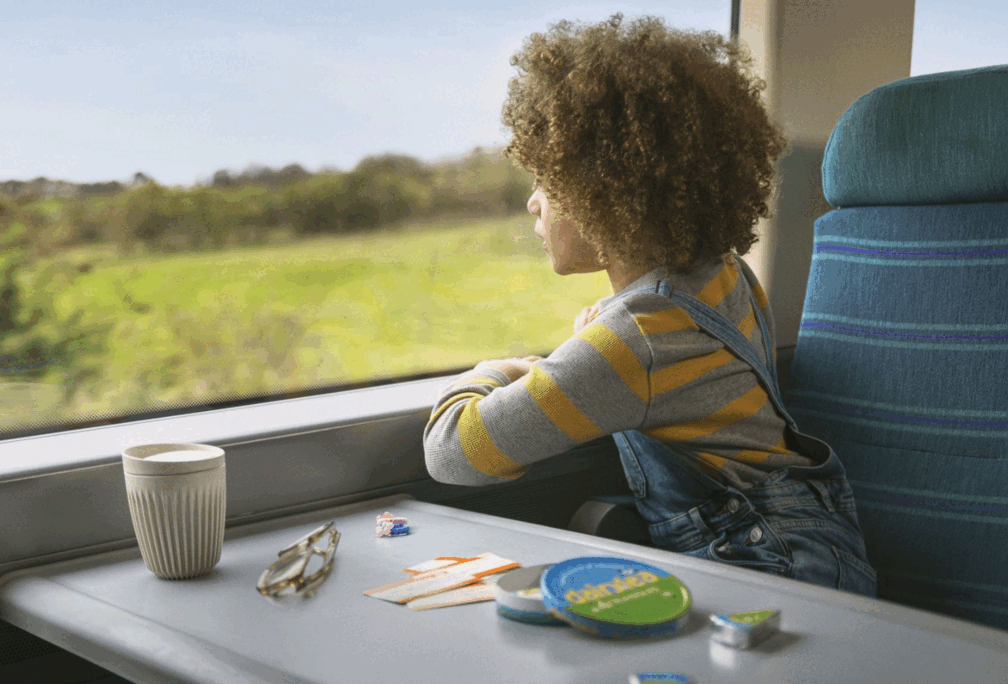2018 Awards Preview – Most Effective Integrated Campaign
- Tuesday, October 16th, 2018
- Share this article:
Ahead of our 2018 Effective Mobile Marketing Awards, well be previewing the nominees in each category, giving you a glimpse at the high quality of entries weve seen this year. Social media gives brands and consumers alike a unique way to connect. These entries all made the most of this powerful channel to reach and engage their audiences.
American Airlines, Mobsta and Mediacom – Brand Campaign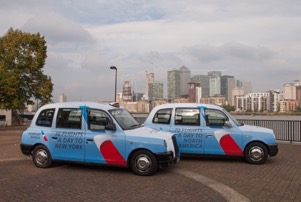 American Airlines is a strong global brand, but in the UK, it struggles against the likes of British Airways and Virgin, with less than 5 per cent share of the UK long-haul market. It was looking to secure more Business Class customers from the UK.
American Airlines is a strong global brand, but in the UK, it struggles against the likes of British Airways and Virgin, with less than 5 per cent share of the UK long-haul market. It was looking to secure more Business Class customers from the UK.
By cross-referencing American Airlines traveller data with the members of the British-American Business Council (which has over 2,000-member companies), Mediacom had established that Business Class travellers who travel regularly to the USA are heavily concentrated in 2 London locations: Canary Wharf and The City, so the entire media solution was focused in these areas.
The campaign targeted travellers in London’s iconic Black Cabs. American Airlines ‘wrapped’ 85 taxis (along with tip-on seats and receipts) that were predominantly based around Canary Wharf and The City. In a media first, these moving vehicles were also geofenced. Exposed devices were identified by connecting to the taxi API platform, enabling the taxi GPS to be geofenced and capturing device IDs within this moving geofence. These devices were then retargeted with a unique kind of location-informed sequential messaging via the user’s mobile devices, ensuring that the messaging on the taxi media was reinforced to the target audience, via their smartphone.
People exposed to both taxis and mobile advertising saw a significant shift in purchase intent of 8.8 percentage points; an 8.6 percentage point shift in brand familiarity; and a positive shift in unaided brand awareness of 1.6 percentage points. The wider campaign saw an overall increase of 9.8 percentage points in purchase intent, driven predominantly by taxi and mobile activity.
Disney XD and OMD – Global Rovio Duck Tales Campaign created by Venatus
Disney XD entered into a unique advertising partnership with Rovio, creator of the iconic Angry Birds games. The global campaign was created and executed by Venatus Media and OMD EMEA and saw Disney’s DuckTales characters feature in an in-app level served in the mobile app game, Angry Birds 2, to promote the revival of the iconic DuckTales animated TV series, driving tune-in to the TV show across key markets.
Disney XD and DuckTales branding was integrated throughout the bespoke level to seamlessly introduce the characters and storyline of the show. At the launch of the level the challenge was announced and the characters were immediately integrated in to the game’s narrative explaining that Scrooge McDuck needed some help. Within the gameplay the characters replaced the eggs and were used to catapult and take down the pigs of the level to release Scrooge’s gold. This mechanism allowed a native integration within the natural gameplay, allowing users to engage with the characters whilst playing their favourite game. Players could also opt-in within the level to watch a 30-second promotional video of the new DuckTales series in return for an in-game reward. This further increased awareness of the show and created an association between the bespoke game level and the launch of the new series.
The sponsored level integration and reward video ran across eight markets, over a one-year period due to varying release dates across territories. From the launch of the activation the results seen were outstanding, marking the success of the first global partnership across Disney Channels globally.
In particular, the execution across EMEA markets has been outstanding, reaching over 2.2m unique users through the app, with the branded level achieving almost 2.7m interactions from the target audience. On average the branded spell within the level has seen an unprecedented interaction rate of 97.6 per cent.
In addition, the reward video which was run alongside the branded spell helped to connect audiences with content from the show and re-enforced the tune-in message for the TV show. Across EMEA, there were more than 270,000 total views of the video trailing the TV show.
Mozilla and Fetch – The New Firefox: Fast for Good
In late 2017, Mozilla was ready to launch a new browser, the Firefox Quantum. Like the old Firefox browser, Firefox Quantum was unparalleled in its protection of user privacy, but was also two times faster than the previous Firefox browser and could rival its competitor, Google Chrome. The primary objective of this campaign was to create awareness of Mozilla’s not-for-profit business model and pro-internet technologies, policies, and programs behind Firefox, so that the Mozilla mission became part of the decision-making process for consumers choosing an Internet browser. The secondary objective was to drive downloads of Firefox Quantum and increase Mozilla’s share of the browser market.
The target audience was “conscious choosers,” consumers who are community-minded, tech-forward, and make purchasing decisions based on their values. This segment takes time to research and understand products and companies in order to make a deliberate choice about who and what they support. They share a worldview that is against monopolies and centralized power hubs, and for democratic access to information, knowledge, and resources.
The campaign tagline, “Fast for good” was created to appeal to Mozilla’s target audience. reinforcing the promise that there is no trade-off between performance (the “easy” choice) and purpose (the “right” choice). You get a browser that is 2x faster, and that uses 30 per cent less memory than Chrome. A browser that’s already known for its powerful privacy options, and that allows you to support a mission-driven not-for-profit too.
Video was an integral part of the campaign. There were a series of videos entitled “Wait Face,” which began by zooming in on the facial expressions of people waiting for a slow browser to load. The second half of the spot showed the antidote to “wait face.” The antidote to wait face is the new Firefox. When the actors fire up Firefox Quantum, the waiting resolves to joy and excitement as people experience the sensation of speed. Additionally, three custom mini-documentary style videos ran on progressive pop culture website, Complex, featuring Internet influencers who needed fast browsers to create music and promote activism.
The digital media strategy centred on publications with a heavy “conscious chooser” audience, such as the Washington Post, Complex, and Reddit. The campaign delivered more than 2bn impressions with a reach of over 96.6m people. The campaign also included out of home and experiential elements allowing Mozilla to reach potential customers in unexpected ways across multiple platforms.
The campaign exceeded expectations. Downloads of Firefox reached a record high during the 3-month campaign period, while a qualitative brand study showed that the campaign drove a 29 per cent increase in brand consideration as well as a 19 per cent lift in brand favourability.
Oreo, Blis and Carat – Oreo: Cookie Quest
Following the release of several new Oreo flavours and products in 2017, the brand was looking for a campaign that would turn consumers’ attention back toward the core Vanilla Oreo product. With families and children forming a key audience for the product, Oreo took inspiration from location-based apps such as Pokémon Go and created a game called ‘Cookie Quest’ that was available as both a standalone app and a rich media creative.
The first step in the campaign was to profile relevant audiences, with location tracking used to identify families at key locations such as commuter stations, family holiday destinations and toy stores. Rich media advertising was then delivered to profiled audiences when they were at home, close to stores stocking Oreo core products, or in proximity of an Oreo out-of-home site at Tottenham Court Road station, with creative changing depending on location.
The campaign delivered fantastic results against its objective of increasing sales of the core Oreo product, with 5.9 per cent footfall uplift to stores and out-of-home locations, and multipack sales of Oreo’s core product up almost 20 per cent during the campaign. Oreo felt that the campaign helped the brand reconnect with consumers by focusing back on the core product and the firm’s family audience, as well as demonstrating the power of playful creative to deliver true ROI.
The Telegraph and Fetch – Words Chosen Well
The Telegraph identified the need to start building the next generation of loyal, Telegraph readers. With their traditional print audience (Male,55+, affluent) naturally in decline, and in the face of rapidly-changing consumer behaviour, it was now more important than ever to make the Telegraph brand relevant to a new, younger, mobile-first audience. Most of this submission was marked confidential, which limits the amount we can say about it. But in essence, the key objective was to drive more registrations since registered readers are more likely to become paying subscribers than non-registered readers.
By connecting data and editorial on a real-time media basis, and using a combination of mobile, out of home, social, programmatic and podcasts, the Telegraph drove a significant shift in brand relevancy and exceeded its targets for the number of new registered users. The campaign also outperformed its KPIs in a number of other areas. These results were shared with the judges in confidence.
Join us to find out the winners of our 2018 Effective Mobile Marketing Awards at our prestigious Awards Ceremony on 15 November. Tickets are available now, so book your place and celebrate the industrys best and brightest with us.




